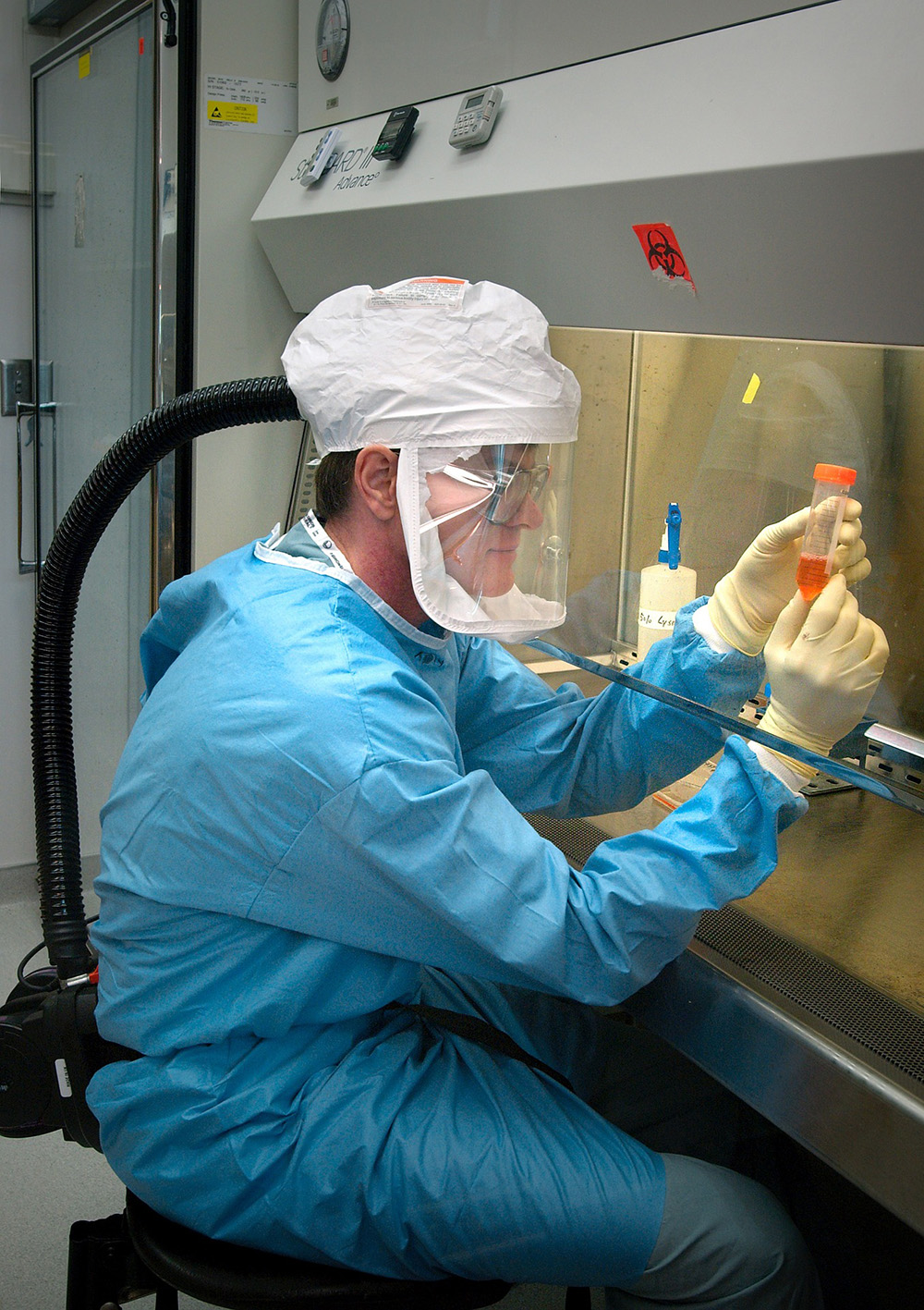March is Workplace Eye Wellness Month. In keeping with this theme, we have been talking about injuries and protecting your eyes in the workplace all month long. Today we are sharing a portion of an article from verywellhealth.com that talks about the types of eye protection you should be wearing.
Potential Eye Hazards at Work
Whenever a risk for eye injury exists on the job, proper eye protection must be used. Keep in mind that some jobs may include more than one potential eye hazard. Protection is needed if any of the following eye hazards are present:
- Projectile objects: dust, concrete, metal, wood, etc.
- Chemicals: splashes and fumes
- Radiation: visible light, ultraviolet radiation, heat or infrared radiation, and lasers
- Bloodborne pathogens: hepatitis or HIV from blood and body fluids
Some jobs pose more of a vision hazard than others. The following occupations have a high risk for sustaining eye injuries:
- Construction
- Carpentry
- Manufacturing
- Mining
- Electrical
- Auto repair
- Plumbing
- Welding
- Maintenance
How to Protect Your Eyes on the Job
The first step in protecting your eyes and vision at the workplace is being aware that a risk of injury exists. Doing the following three things can help keep your eyes safe:
- Eliminate hazards at the beginning of the day by using machine guards, work screens or other engineering controls.
- Use proper eye protection.
- Keep your safety eyewear in good condition. Replaced damaged safety eyewear.
Types of Safety Eye Protection
First of all, to be completely safe, find out the proper safety requirements for your type of work and make sure the workplace is as safe as possible. Remove eye hazards wherever possible. The type of eye protection you should wear depends on the hazards present in your workplace. Consider the following suggestions:
- If you are working in an area that has particles, flying objects, or dust, you must at least wear safety glasses with side protection (side shields).
- If you are working with chemicals, you must wear goggles.
- If you are working near hazardous radiation (welding, lasers, or fiber optics) you must use special-purpose safety glasses, goggles, face shields, or helmets designed for that task.
Types of eye protection include the following:
- Safety glasses: Safety glasses may look like normal eyewear, but they provide significantly more eye protection. These types of glasses may be made with either prescription or non-prescription lenses. The lenses and frames of safety glasses are much stronger than regular eyeglasses. They provide protection from flying particles, dust, or chips of hazardous materials. Safety glasses that wrap around the eyes or that include side shields provide additional protection. Lenses of safety glasses are often made with plastic or polycarbonate material. Polycarbonate provides the most significant protection. Make certain that your safety glasses of choice meet the safety standards of the American National Standards Institute (ANSI).
- Safety goggles: Goggles provide significant protection from impact, dust, and chemical splash. Safety goggles, like safety glasses, are highly resistant to impact. These goggles also provide a secure shield around the entire eye to protect against hazards that may come from any direction. Goggles can be worn over prescription glasses and contact lenses.
- Face shields and helmets: Face shields provide full protection for workers exposed to chemicals, heat, or blood-borne pathogens. Helmets are commonly used by welders or people working with molten materials. Face shields and helmets, however, should not be used alone. They should be used along with safety glasses or goggles, so the eyes are protected even when the shield is lifted.
- Special protection: Some welders and people working with lasers need special safety eyewear. Helmets or goggles with special filters to protect the eyes from optical radiation exposure should be used at all times.
Be sure to follow OSHA standards for wearing the proper eye protection at work based their standards. And if you get something in your eye or incur an injury at work, be sure to see your eye doctore as soon as poosible to avoid further injury.
For more helpful eye care and vision care tips, please visit our main blog page.
Image by Welcome to all and thank you for your visit ! ツ from Pixabay


Your point of view caught my eye and was very interesting. Thanks. I have a question for you.
“Your blog is a goldmine of valuable insights and information! This latest post is no exception – it’s informative, well-researched, and engaging. Thank you for consistently delivering such high-quality content. Keep up the excellent work!”